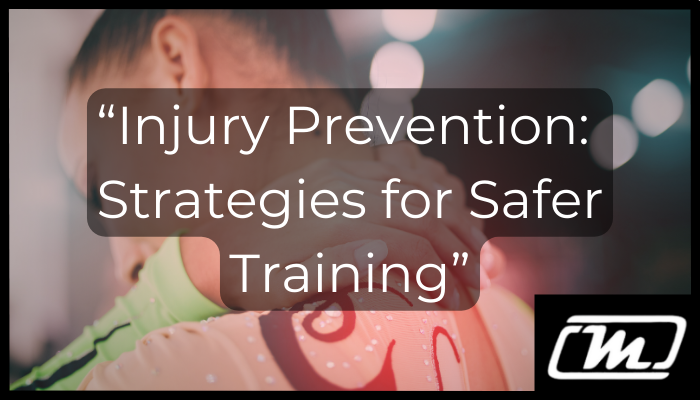Gymnastics is a sport celebrated for its grace, strength, and precision. However, the demands of the sport also bring a high risk of injuries. From repetitive movements to high-impact landings, gymnasts must navigate challenges that can take a toll on their bodies. By implementing effective injury prevention strategies, athletes can maintain peak performance and longevity in the sport. Here’s how:
Common Gymnastics Injuries
Understanding the types of injuries gymnasts face is the first step toward prevention. Common injuries include:
- Upper Body Injuries: Shoulder tendon overuse, elbow dislocations, and wrist inflammation (“gymnast’s wrist”).
- Lower Body Injuries: Ankle sprains, knee ligament strains, and fractures from improper landings.
- Spinal Injuries: Stress fractures in the lower back due to extensive bending and twisting.
Effective Strategies for Injury Prevention
1. Preparation is Key
- Warm-Up and Stretching: Begin each session with a thorough warm-up that includes light aerobic activity and dynamic stretches. Target key areas like the shoulders, back, wrists, and ankles.
- Hydration: Staying hydrated enhances muscle function and reduces fatigue. Athletes should drink 24 ounces of fluid two hours before training and take water breaks during practice.
- Cool Down: Post-training stretching aids in recovery and prevents muscle soreness.
- Proper Gear: Wear fitted clothing to avoid accidents and use protective equipment such as hand grips and heel pads.
2. Safe Equipment Practices
- Regularly inspect all equipment to ensure it’s in top condition.
- Ensure proper mat placement and secure padding under apparatuses.
- Allow adequate spacing between equipment to prevent collisions.
3. Focus on Recovery
- Sleep and Nutrition: Recovery starts with proper sleep and a balanced diet rich in protein and essential nutrients.
- Active Recovery: Incorporate foam rolling, stretching, and massages to alleviate muscle tension.
- Rest Days: Schedule rest days to prevent overtraining and reduce the risk of overuse injuries.
4. Master the Basics
- Landing Mechanics: Proper landing techniques can minimize the impact on knees and ankles. Emphasize bending at the hips, knees, and ankles upon landing.
- Progressive Training: Gradually increase skill difficulty, ensuring athletes have mastered foundational techniques first.
5. Monitor and Respond
- Conduct preseason screenings to identify potential vulnerabilities.
- Regularly assess for signs of overuse or fatigue and modify training as needed.
- Foster open communication so athletes feel comfortable reporting pain early.
The Role of Coaches and Facilities
Injury prevention isn’t just the athlete’s responsibility. Coaches, gym owners, and trainers play a pivotal role:
- Qualified Staff: Coaches with proper certifications can design training programs that minimize injury risks.
- Facility Standards: Gyms should invest in high-quality equipment and ensure the environment is conducive to safe training.
What Did We Learn?
Injury prevention in gymnastics requires a comprehensive approach that includes preparation, safe equipment practices, recovery, technical training, and ongoing monitoring. By adopting these strategies, athletes can enhance their performance, reduce the risk of injuries, and enjoy a long, successful career in the sport.
Prioritize safety—because every safe landing counts!


